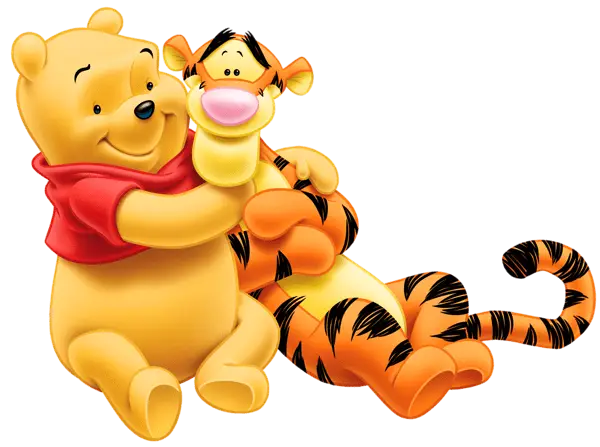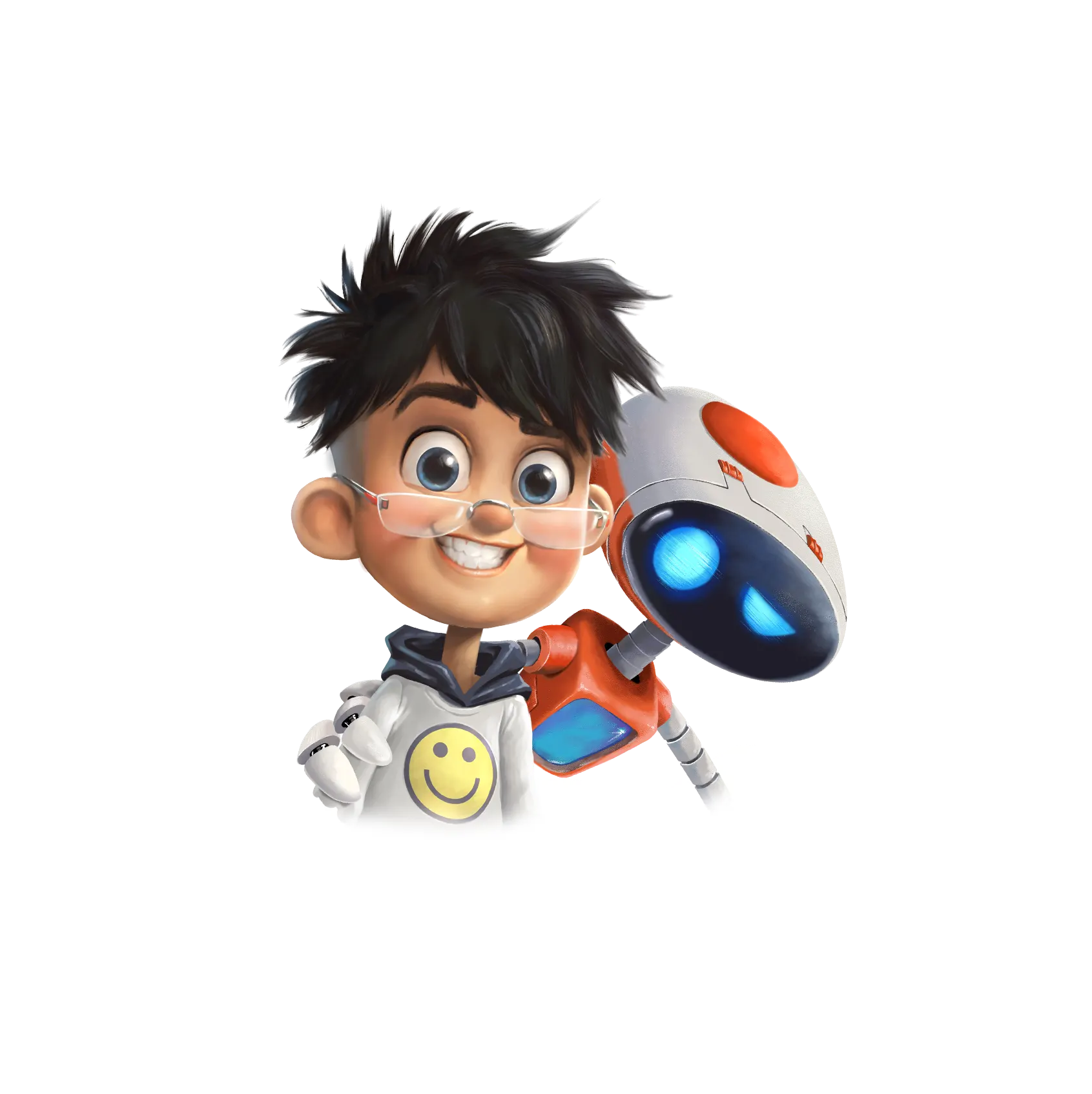A step-by-step guide to video marketing
In a world where online presence becomes the only possible presence for so many businesses, the importance of the digital market simply can not be overrated. Therefore quality and engaging content become the determining factor in the race for customer attention. The most recent research shows that people find video content the most attractive and engaging nowadays. This explains the growing popularity of such platforms as Facebook or YouTube compared to the recent leader on the market – Instagram, which is still more about photos than video clips.
Videos are much more fun to create, watch, and share with friends and family. It means that video content has more chances to become viral than the most popular tweet or blog post. It provides marketers with basically free and limitless promotion opportunities.
All those factors explain how video marketing has turned from another promotional tool into a separate powerful industry. It has gathered the world’s leading marketers and business analysts with top content creators and is now changing the whole concept of promotion.
Video marketing takes over
“The simplicity of genius” – this ancient expression might be the best explanation for the growing influence and popularity of video marketing. Basically, it is promotion through video content. And this simple definition is fraught with endless possibilities. The thing is, you can promote anything through videos and apply to any kind of auditorium. Whether you are launching a new product or trying to raise awareness on some matter; your potential customers are middle-aged housewives entrepreneurs – you are always able to create efficiently-selling content on any topic and for any viewer.
The forced relocation of most businesses to the digital space during the Pandemic of COVID-19 became one of the boosting factors for Video Marketing. Today, when the dust started to settle, we see that those companies who have recognized the potential of video marketing and devoted a special place for it in their anti-crisis strategies, show the best survival rates and even manage to benefit from the rapidly-changing market. At least 92% of marketers today acknowledge the efficiency of video content marketing.
Combining the best features of fundamental advertising with the newest trends in social media, video marketing takes promotion to a whole new level.
In this article you will find an easy-to-follow guide that will help you make the first steps of inefficient video marketing that will instantly enhance the online performance of your business, leaving competitors far behind.
Stop selling a product and start selling ideas
Let`s face it, the modern consumer is pretty overwhelmed with commercials. Moreover, all the marketing strategies that we know today have exhausted themselves. People start recognizing commercials even when you try to wrap them into any kind of informative or educational content. Video marketing provides brand-new opportunities. From now on, whether you operate in the B2B segment or address a specific auditorium of consumers, you can set the tone of communication, engage, and inspire before starting to promote a product. The creation of a certain atmosphere and settling the mood is the ultimate marketing superpower. And video content allows you to do it almost effortlessly.
Here are some tips that will help you set the right tone from the very beginning and engage your desired auditorium.
- – Go Live. Peaking behind the blinds has always been the ultimate fetish. Social media has provided us the opportunity to follow our friends, relatives, and even celebrities 24/7. Today brands may adopt and benefit from this feature by allowing the audience to take a look behind the scenes. Not only does it make businesses more humane and relatable, but this open policy significantly raises the credibility of the brand. Once people see what exactly they are paying for, they are much more open to offerings. Live videos may be scheduled or spontaneous. Anyway, you should first study your auditorium, its habits, and the time when potential customers are most likely to surf social media and keep to this schedule.
- – Add video to E-mail newsletters. The necessity and efficiency of e-mail marketing have become an object of discussion more and more often today. However, video content may revive your e-mail newsletters and make them more efficient. It is only important not to load your e-mails with big and heavy video files, but insert a short and engaging video that will inspire follow the lead and visit your website or marketplace. However, the time has come to switch to an e-mail marketing platform that offers video email marketing features.
- – Use 360 videos. Originally introduced by Facebook, the 360 video feature is a perfect example of immersive and interactive video content. Not only does it engage, but gives a viewer a feeling that he controls the situation, not having to watch whatever you show, but being able to look around and manage the experience. This is another feature that takes the imposing out of the equation, creating personal relationships between a customer and a brand.
- – Tell a story. While live videos allow you to engage a viewer in a conversation, storytelling provides you the scene to send your message directly and exactly the way that you want. Whether you create a mini-series or a short video, make sure that is not only informative but entertaining and makes viewers look forward to the next posts. A clear and friendly tone spiced up with a healthy dose of appropriate humor will certainly do the job.
Now let`s analyze the scene. These are the most prosperous platforms for video content marketing today.
Instagram- IGTV
Being the largest social media platform, Instagram was the very first social media that put visual content over text. Unlike Facebook and Twitter which back in the day were mostly concentrated on words, Instagram put an image in the first place. Today the developers of Instagram work hard on the video marketing feature by providing an opportunity to upload long videos through IGTV and even monetize on them. Maybe not the fastest-growing, but still the most recognizable platform today, Instagram is a powerful promotional tool. It is important to note that this platform is mostly dominated by certain influencers today, therefore the newly-introduced joint-live and collaboration features might be the distinctive feature of Video Marketing on Instagram.
YouTube
When we talk about video content, YouTube might be the first thing that comes to mind. Started as hosting for short funny videos, mostly epic fails and adorable cats, today YouTube has replaced Television for numerous users. Full of useful and engaging content, YouTube attracts millions of users every day. Having a YouTube channel gives you access to the biggest auditorium worldwide.
Maybe not the trendiest platform today, Facebook still manages to accumulate the largest amount of data-tracking tools and engagement rates. It is constantly developing its video content features, becoming one of the most significant platforms for video content today.
Tik Tok
Whatever was considered social media for kids a couple of years ago turned into a powerful video content platform today. Its growth rate has left such mastodons as Facebook and Instagram far behind. TikTok might be the perfect choice when you are addressing a younger auditorium or aiming for viral video content.
Cross-Posting
Choosing one platform and settling there won`t result in Facebook still managing to accumulate the largest amount of data-tracking tools and engagement rates. Coverage is everything here. Therefore you should use the whole potential of your video content by applying the cross-posting strategy. Basically, it is posting video content on various platforms, adjusting it to the peculiarities of the audience that you may mostly find there. Cross-posting is a great feature to grow the engagement of your social media profile. However, it might be hard from the very beginning to find your unique type of expression and create equally efficient content for different platforms. Here are several tips that will help you benefit the most from the cross-posting strategy:
- – Think before turning on the camera. The auditorium of TikTok differs from that of Facebook. Therefore, it is useless to post the same video content everywhere and think carefully, whether the video you are about to create is appropriate and understandable for those users who are most likely to see it on this platform.
- – Consider restrictions. Every platform has its peculiarities and restrictions. While YouTube allows you to upload an hour-long video, TikTok will give you only several seconds to express yourself entirely.
- – Attention to detail. Different platforms have different engagement rates and schedules due to the peculiarities of their auditorium. While Instagram is mostly active at late night hours and in the morning, while the afternoon is its official dead hour, Facebook may provide you with a larger auditorium at lunchtime.
Size matters. Collaboration with micro-influencers
When it comes to collaboration, most businesses may think that the larger the follower base of an influencer is, the more efficient will be the whole video marketing campaign. Practice shows that this is not entirely true.
Micro-influencers, those who don`t have a seven-figure auditorium may be much more useful than the recognized insta-celebrities. The fact is, people already understand that most (if not all) content of famous influencers is all-commercial. Therefore they trust the information received from them not more than a TV ad. Micro-bloggers vice versa have a much higher credibility rate. Moreover, they are usually more engaged with their followers and pay more attention to the quality of their content.
Here are the main benefits of collaborating with micro-influencers:
- – They are more affordable and willingly provide access to their content for smaller businesses
- – Social media is not their main source of income, therefore their recommendations look more natural and sincere
- – They have a higher engagement rate as they constantly communicate with their followers through DM and comments
- – They produce the relatable “next door” impression, making their commercials more trustworthy for people
You don`t have a second chance to make the first impression
Your videos may be high-quality, engaging, and informative, but it is no use if no one clicks on them. The craft of creating a viral and intriguing title is the key to the success of any video content.
Here is what you need to know about efficient titles:
- – Keywords. To make your audience find and enjoy your video content, you should know what they will be looking for. Keyword research allows you to create a viral title that will draw attention and encourage people to share your content. There is an important trick: while researching the keywords never aim for the most popular requests. It will only place your content in a highly competitive field, decreasing its visibility. The middle layer of request popularity is what you are looking for.
- – Make it clear. It may seem pretty hard to create content that will be intriguing and clear at the same time. However, your viewers need to understand from the very beginning what they are going to look at. The biggest mistake here is luring misleading titles – this only leads to a wave of hate and dislikes that may lead to blockage of your account.
- – Value of words. While browsing the internet, people tend to look for specific content. If you indicate that your content may somehow solve their problem or make their lives better, you have more chances for engagement. Words like tutorial/DIY/How To/Explained/Tips&tricks are the most valuable ones and give you more chances to go viral through shares.
Brevity is the soul of wit
All marketers know that an average customer decides in about 2 seconds whether an ad is worth clicking on. Video content also has its engagement limitations. Depending on the character of your content and the specifics of your audience it is usually between 6 to 12 minutes. However, the first two minutes are crucial to engage a viewer, inspire, and deliver the main idea.
Of course, it is up to you to decide how long your video is supposed to be. Sometimes it is impossible to provide all the information in just 12 minutes and sometimes there is simply no point in pulling the action for more than 2 minutes. However, video portals also have their restrictions, which are mainly based on the preferences of the target auditorium.
By the way, the specifics of your auditorium are also important. Research shows that the average attendance rate of a modern internet user is around 12 seconds and decreases dramatically once you address a younger auditorium.
Nobody said it is going to be easy, and video content is the hardest one to create. With its growing popularity, it is now becoming one of the most competitive fields. However, the ongoing trends and statistics demonstrate that from the point of efficiency, video marketing is simply next to nothing. If you are looking for a trendy marketing tool that will boost your online presence and performance, video marketing is what will revolutionize your idea about marketing in general.


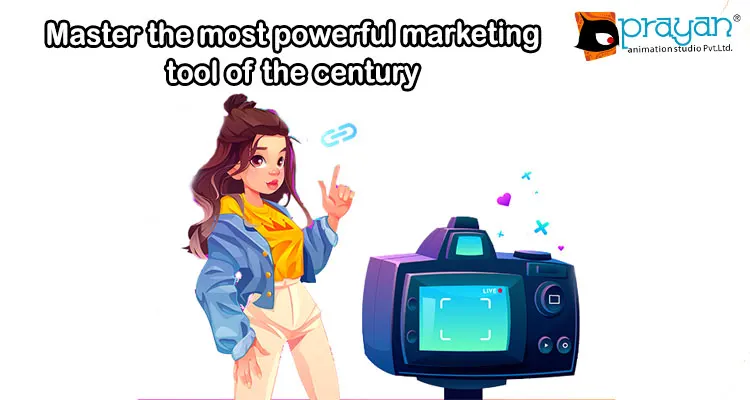

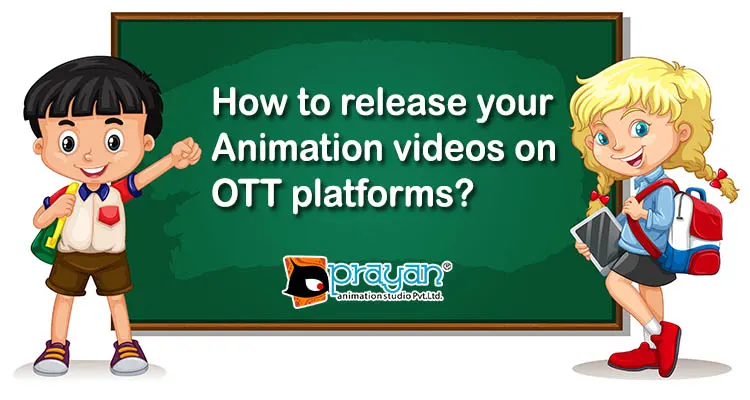
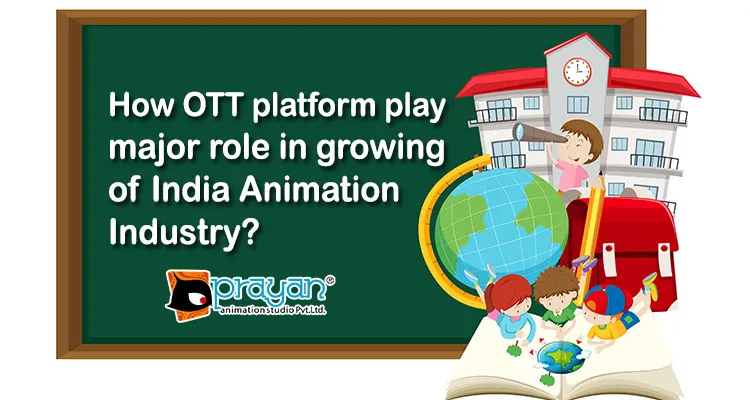
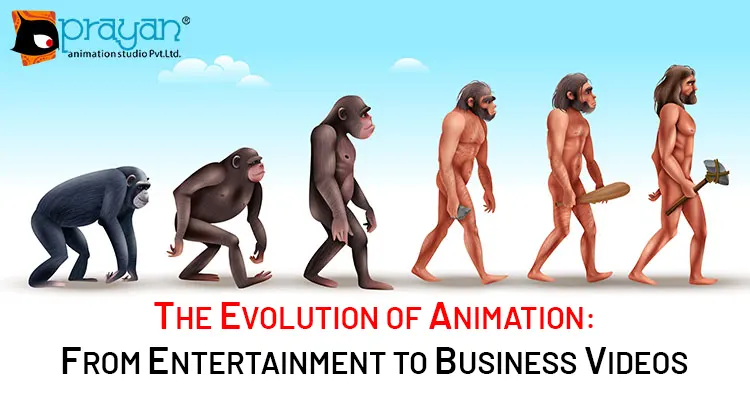
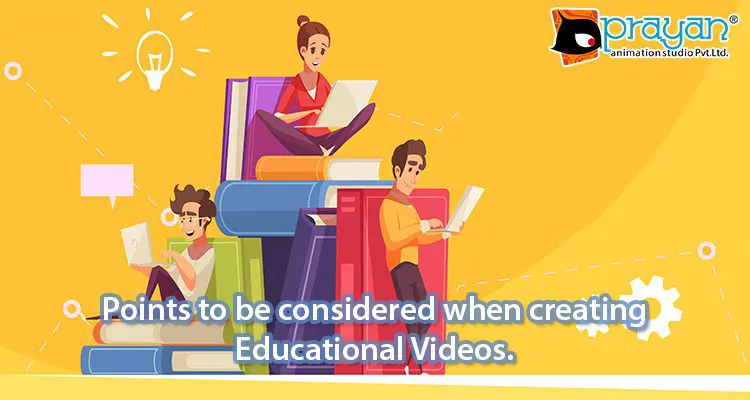
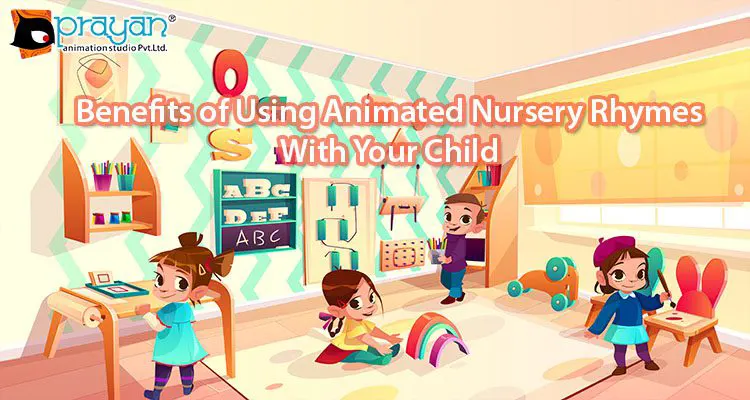
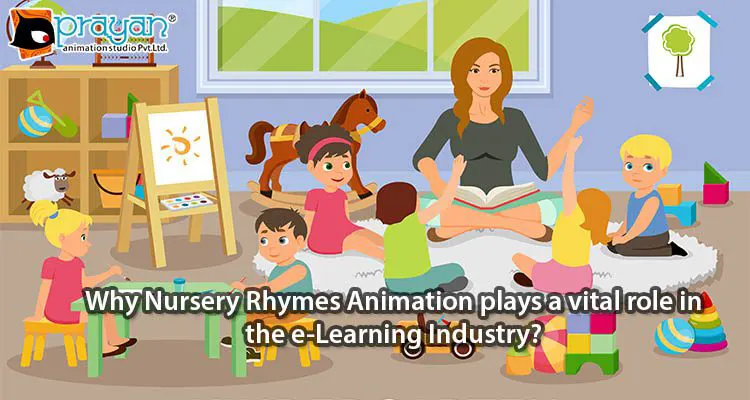
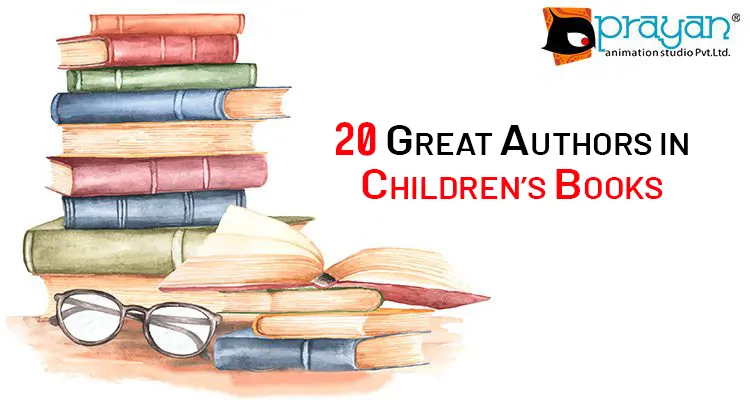



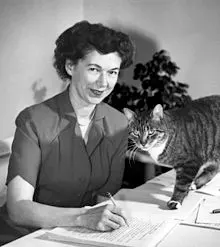
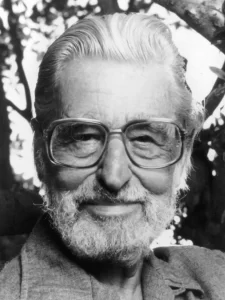

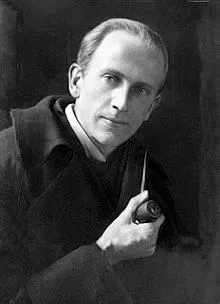




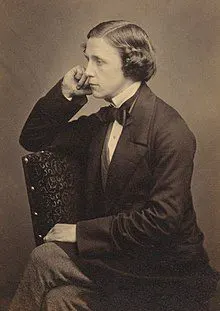
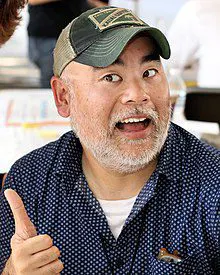










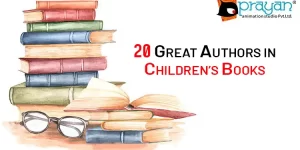
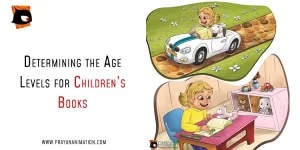
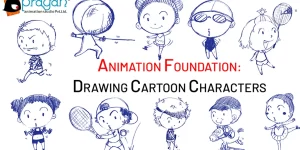
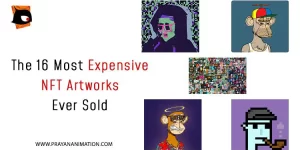
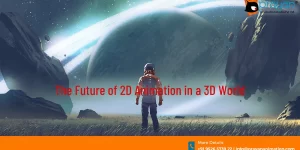
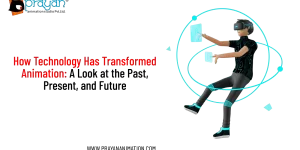
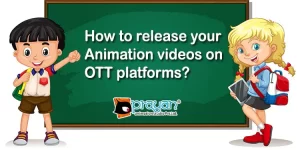
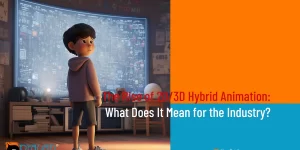

 We can help you.
We can help you. 

